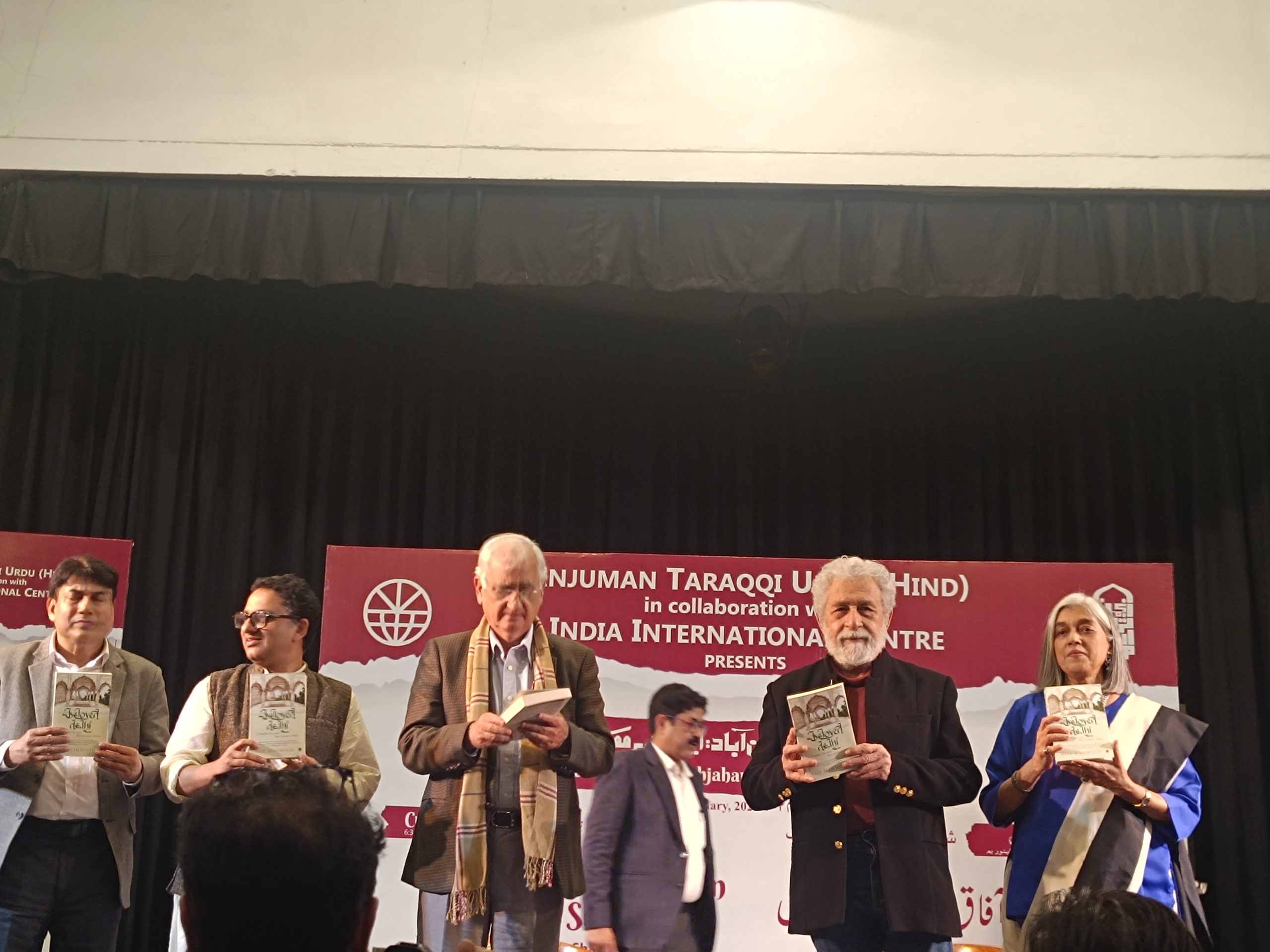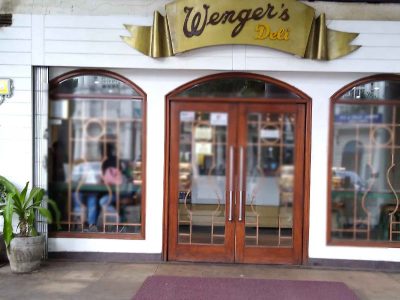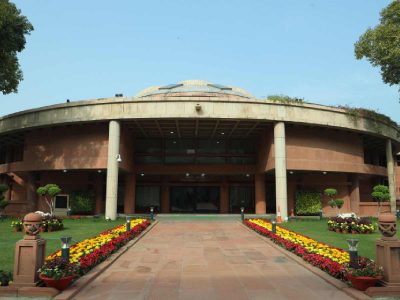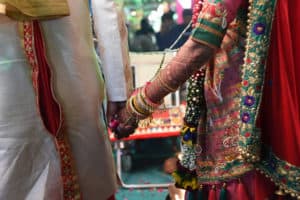Hosted by Anjuman Taraqqi Urdu (Hind), the esteemed Urdu literary institution, the four-day ‘Meer ki Dilli, Shahjahanabad: The Evolving City’ festival paid tribute to the celebrated Urdu poet Meer Taqi Meer.
The event also marked the release of an updated biography of Meer, with the original Persian version subjected to censorship.
Famed for his words, Meer Taqi Meer’s evocative lines — Koochey nahin dilli ke, auraaq-e-musawwir hain, Jo shakl nazar aayi, tasveer nazar aayi (These are not Delhi’s by-lanes, these are artist’s canvas; every sight I see looks like a painting).
This sentiment resonated throughout the festival, attended by a constellation of artists, authors, historians, and luminaries including Javed Akhtar, Naseeruddin Shah, Salman Khurshid, and William Dalrymple.
Hit show
Organised at Urdu Ghar headquarters of Anjuman Taraqqi Urdu (Hind) in Rouse Avenue, the festival was an unequivocal success. The overflow of attendees and the overwhelming appreciation from participants underscored the deepening interest in Urdu literature and cultural heritage among a diverse array of age groups and professions.
“The event is a big hit. We didn’t expect the huge turnout. Every session was almost houseful,” said Ather Farooqui, general secretary of Anjuman Taraqqi Urdu.
He added, “We are delighted to see that people are getting involved in Urdu literature and dramas more than they were a few decades ago. The number is increasing gradually and it can be seen in such events.”
The event, attended by individuals from all walks of life, including students and seasoned professionals, provided a multi-dimensional exploration of Shahjahanabad’s rich legacy. From poetry readings and architectural retrospectives to linguistic discussions, the festival celebrated the soul and splendour of Delhi 6, weaving a tapestry of the city’s history and cultural vibrancy across 40 engaging sessions.
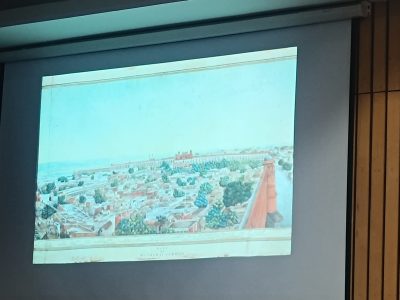
In a reflective discourse on the city’s evolution, the festival cast a contemplative gaze on Delhi’s yesteryears and its modern identity.
A scholarly panel, comprising Prof Sharif Hussain Qasemi, Dr Sadaf Fatima, and Prof Shafey Qidwai, proffered insights into the historical landscape of Delhi through a discussion on three pivotal books: Sairul Manazil by Sangeen Baig; Waqiate Darul Hukumat Delhi by Bashiruddin Ahmed; and Aasar Us Sanadeed by Sir Syed Ahmad Khan.
Diving into the nomenclature of Shahjahanabad, Prof Qasemi expounded on the naming conventions of iconic locales. Notably, he detailed that Gali Qasim Jaan’s appellation was a tribute to Nawab Qasim Jan, a dignitary in the Mughal court.
Lal Kuan, another storied district, earned its moniker for the red stone walls that encased it during the Mughal epoch, a feature that persists to this day. In elucidating these historical etymologies, the panel illuminated the city’s rich past.
Prof Qasemi further underscored, “Delhi is a city of graves”. This profound statement encapsulated the city’s cosmopolitan character, a veritable resting place for scholars, poets, and historians.
“From the celebrated Amir Khusro to the poetic luminaries Ghalib and Bedil, Delhi has embraced them all. Moreover, the city is home to 171 unknown Sufis, whose reverence and significance endure through generations. Despite their anonymity, these Sufis are venerated by those who traverse the city’s byways, embodying the mystic soul of Delhi,” he said.
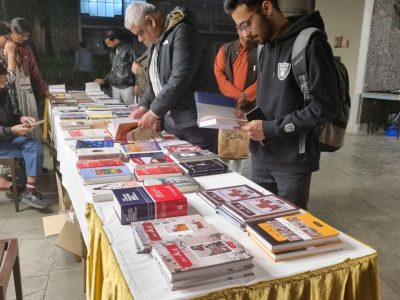
Visitors picking books from a collection
The festival, with its diverse array of sessions, became a magnet for attendees. Javed Akhtar, William Dalrymple, and Naseeruddin Shah, with their thought-provoking discussions, played a pivotal role in drawing an engaged audience, reflecting the enduring allure and resonance of Urdu literature and culture.
Bollywood biggies
The first day featured Akhtar, who delved into Urdu’s transformation from a language of the masses to a symbol of cultural identity. He proposed a unique solution for those interested in Urdu but daunted by the script, suggesting courses in Urdu literature using Devanagri or Roman script in universities. He underscored the importance of accessibility and how Urdu books in these scripts have boosted sales and popularity.
Legendary actors and couple, Naseeruddin Shah and Ratna Pathak, joined on the third day. Expressing his sentiments at the festival, Shah lamented the politicisation of Urdu in Pakistan, where it was promoted as the language of Muslims. He highlighted Urdu’s rich heritage in Hindustan and his own familial connection to it. Growing up, Urdu was spoken at his home and his first exposure to language was the Azaan (call to prayer).
However, his formal education led to a disconnect, with Urdu fading from his linguistic repertoire by the age of five.
It was Gulzar’s offer to play the legendary Mirza Ghalib that ignited Naseeruddin Shah’s profound connection with the Urdu language. The veteran actor, known for his versatility, recounted the transformative role in the celebrated 1988 TV serial Mirza Ghalib aired on Doordarshan.
Gulzar, a formidable poet and filmmaker himself, initially planned to craft a film on Ghalib with Sanjeev Kumar in the lead, but the project was never realised.
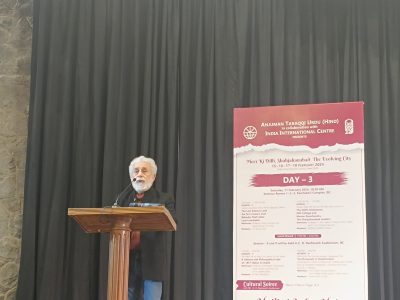
Shah, a student at a film school then, expressed his apprehensions about Kumar’s portrayal, citing concerns over the actor’s physicality and Urdu proficiency. However, with Kumar’s passing, Shah’s chance came when Gulzar approached him for the iconic role.
Reflecting on his early days in Delhi, Shah nostalgically remarked on the bygone era of peaceful streets and grand havelis that once lined Barakhamba Road. He recollected the charm of winters and a sense of tranquility that characterised the city in the ’70s, setting the stage for his enduring love for Delhi.
In his impassioned appeal to the young filmmaking generation, Shah urged them to craft meaningful cinema that resonates without attracting unwarranted attention, implying the prevalent atmosphere of censorship and fear of reprisal.
Critiquing the current state of Hindi cinema, he yearned for the days when poignant poetry, as exemplified by Faiz Ahmad Faiz’s verses, found its place in films, contrasting it with today’s formulaic and repetitive narratives.

Naseeruddin Shah reading out a couplet
“I have stopped watching Hindi films. Even after 100 years of Hindi cinema, we are still making the same film. There was a time when I got acquainted with Faiz Ahmad Faiz after hearing one of his poems from actor Shami Kapoor in a film,” he said.
Urdu and academia
Former Union minister Salman Khursheed’s presence over the four-day Urdu literary festival was instrumental, serving as a beacon of support for the event.
When asked about the role of such events in preserving Urdu, Khursheed poignantly responded, “This is just to remain alive; we do many things to stay alive. We eat food, walk, and some people exercise to stay fit. Ultimately, all these actions are about staying alive.”
He expounded on the broader significance, adding, “For many people, ‘living’ includes keeping a culture or language alive. This is what it is. You borrow from your history, legacy, and cultural knowledge, try to replicate it, and get new generations to participate in this exercise. That’s the whole purpose of these events.”
On the absence of Urdu script in such events, despite claims of preserving the language, Khursheed acknowledged the dilemma, stating, “This is not just about keeping Urdu alive, but also about preserving ourselves. The script is not accessible to many people. Among Urdu promoters and scholars, there’s a deep debate about whether we should keep our script in Nastaliq or offer Hindi or Roman scripts, familiar to a broader audience.”
Khursheed elaborated on the controversy, saying, “Some argue that Urdu must remain pure and in Nastaliq, while others advocate for broader accessibility. This is a debate that’s ongoing among those involved in promoting and studying Urdu.”

A panel of speakers including William Dalrymple
Addressing the language’s place in academia, particularly in universities like Jamia Millia Islamia and Aligarh Muslim University, Khursheed attributed the lack of prominence to the diminished commercial value of Urdu. However, he pointed out the language’s continued presence in Hindi films, highlighting its enduring appeal and necessity even in mainstream entertainment.
On the final day of the festival, the panel “Shahjahanabad in colonial times: Paintings, Memorabilia, and Books” offered a compelling exploration of the pre-Partition era of Delhi 6. This session, graced by notable figures including William Dalrymple, Swapna Liddle, Mahmood Farooqui, and Anisha Shekhar Mukherji, delved into the rich history of Bahadur Shah Zafar’s reign, meticulously preserved through paintings, books, and maps.
Dalrymple, the esteemed Scottish historian residing in India, presented his extensive collection of paintings depicting the life of Bahadur Shah Zafar, capturing poignant moments such as the Red Fort before the British invasion in 1857 and the monarch’s final days.
Author and professor Anisha Mukherji highlighted the drastic changes to the Red Fort after British control, using maps and original research to illustrate the extensive demolitions the palace underwent, revealing that only 29% of the original structure remains today.
The festival concluded with a mesmerising Dastan-e-Mir performance by renowned dastan-go duo Mahmood Farooqui and Darain Shahidi, captivating audiences, including journalist Ravish Kumar and Urdu scholars, in a full-house show.
Maaz Bin Bilal, one of the event’s speakers and volunteers, expressed his gratitude and awe at the overwhelming attendance and enthusiastic reception. He noted the event’s ambitious scope and numerous sessions, admitting to initial apprehension, but was deeply touched by the outpouring of love and appreciation from attendees.
Additionally, the festival featured stalls showcasing Urdu books authored by revered writers, collections of poetry, and works detailing the lives of iconic poets like Ghalib and Meer, as well as comprehensive historical accounts of Old Delhi. These offerings served as a testament to the festival’s mission: to celebrate and preserve Urdu culture, history, and literature for generations to come.

